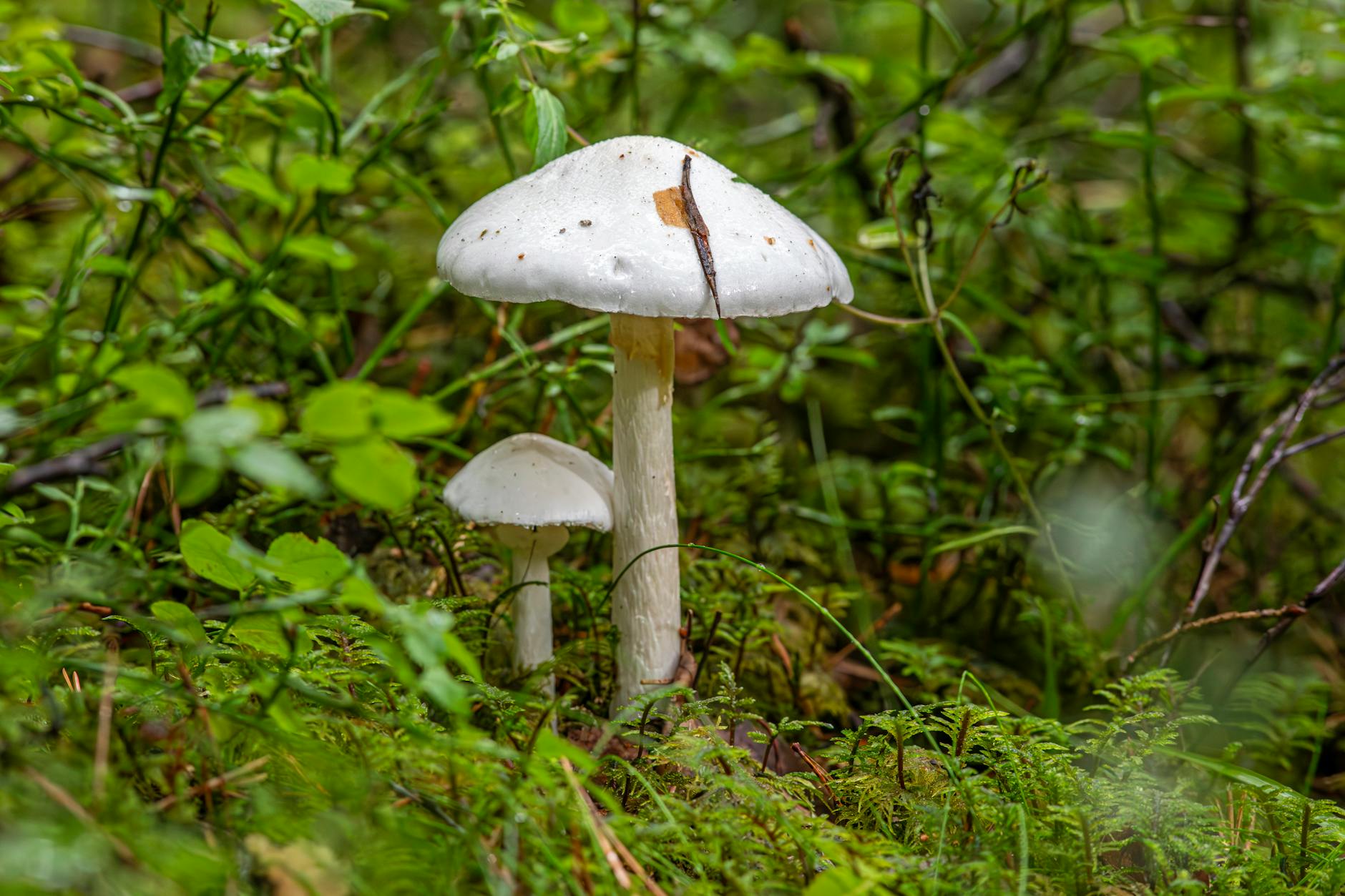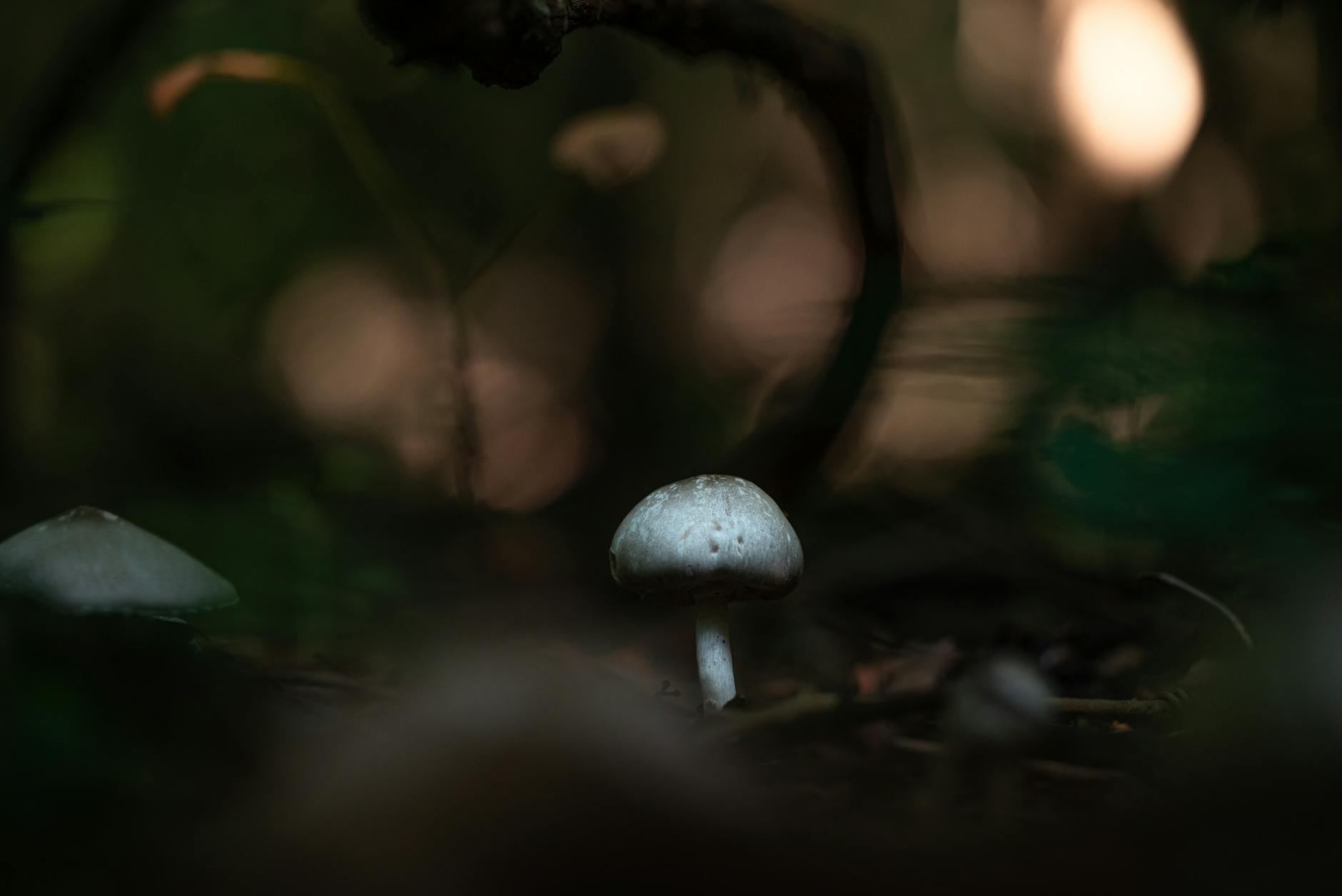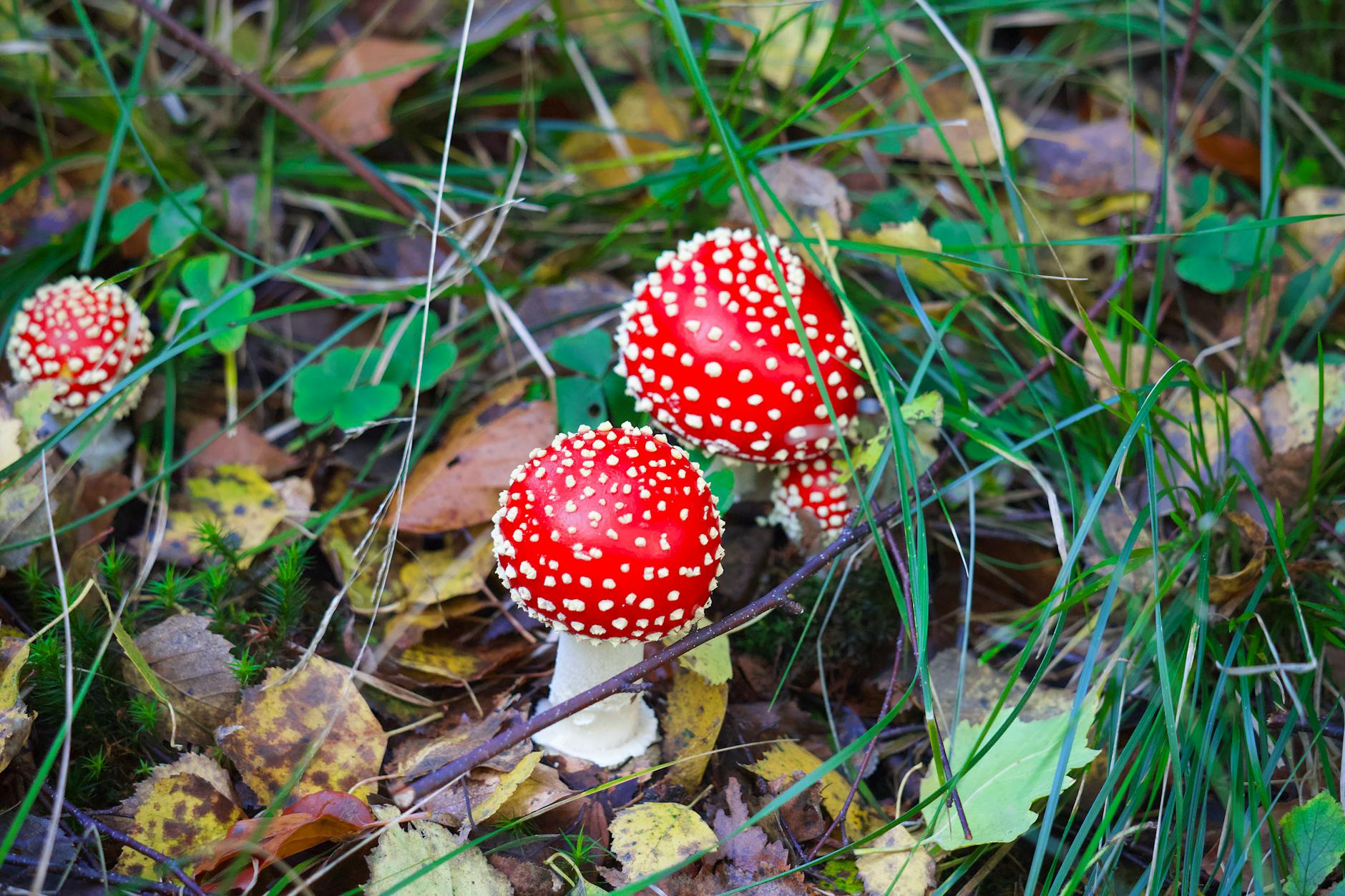Mushroom foraging is a popular activity among nature enthusiasts, but among the diverse array of fungi that grow in the wild, there lurks a lethal threat known as the Death Cap mushroom. Recognized for its ominous name, the Death Cap (Amanita phalloides) poses a severe health risk if ingested, with potentially fatal consequences. To ensure your foraging adventures are free from danger, it’s essential to educate yourself about the dangers associated with this deadly fungus and learn expert tips to steer clear of it.
Understanding the Death Cap
The Death Cap mushroom, characterized by its pale greenish cap and white gills, is often mistaken for edible mushrooms due to its resemblance to harmless varieties. However, this deceptive appearance is what makes the Death Cap so dangerous. The toxin present in the Death Cap, called α-amanitin, can cause severe liver and kidney damage, leading to organ failure and even death if consumed. It’s crucial to remember that even a small amount of the Death Cap can be lethal, making accurate identification paramount when foraging for wild mushrooms.
Identifying the Deadly Fungus
One of the most reliable methods to distinguish the Death Cap from its edible counterparts is by examining its features closely. The Death Cap typically has a smooth, slightly sticky cap with a white veil covering the gills in its early stage of growth. As the mushroom matures, the cap may flatten and develop a wavy edge. The stem of the Death Cap features a prominent white ring near the top and a bulbous base enclosed in a sac-like structure called a volva. These distinctive characteristics serve as red flags to avoid mistaking the Death Cap for safe-to-eat mushrooms.
Expert Foraging Tips
To minimize the risk of inadvertently picking the Death Cap during your foraging expeditions, follow these expert tips:
1. Study Field Guides: Familiarize yourself with field guides specific to your region that detail the appearance and characteristics of both toxic and edible mushrooms. Pay close attention to details such as cap color, gill shape, and stem features to enhance your identification skills.
2. Consult with Experts: Join local mycological societies or attend mushroom foraging classes led by experienced foragers. These resources can provide hands-on training, valuable insights, and practical guidance to help you navigate the world of wild mushrooms safely.
3. Practice Caution: When in doubt about the identity of a mushroom, err on the side of caution and do not consume it. Handling potentially toxic specimens with bare hands can also pose a risk, so use gloves as a precaution.
4. Avoid Risky Locations: Be mindful of where you forage and steer clear of areas with potential contamination, such as polluted soil or locations near industrial sites. Stick to pristine natural environments known for their diverse but safe mushroom populations.
Conclusion
While mushroom foraging can be a rewarding and enriching experience, the presence of deadly fungi like the Death Cap underscores the importance of vigilance and education in this pursuit. By equipping yourself with knowledge about the risks associated with toxic mushrooms and implementing expert foraging tips, you can safeguard your well-being and relish the wonders of the natural world responsibly. Remember, when it comes to mushroom foraging, cautious exploration is key to a safe and enjoyable adventure.


